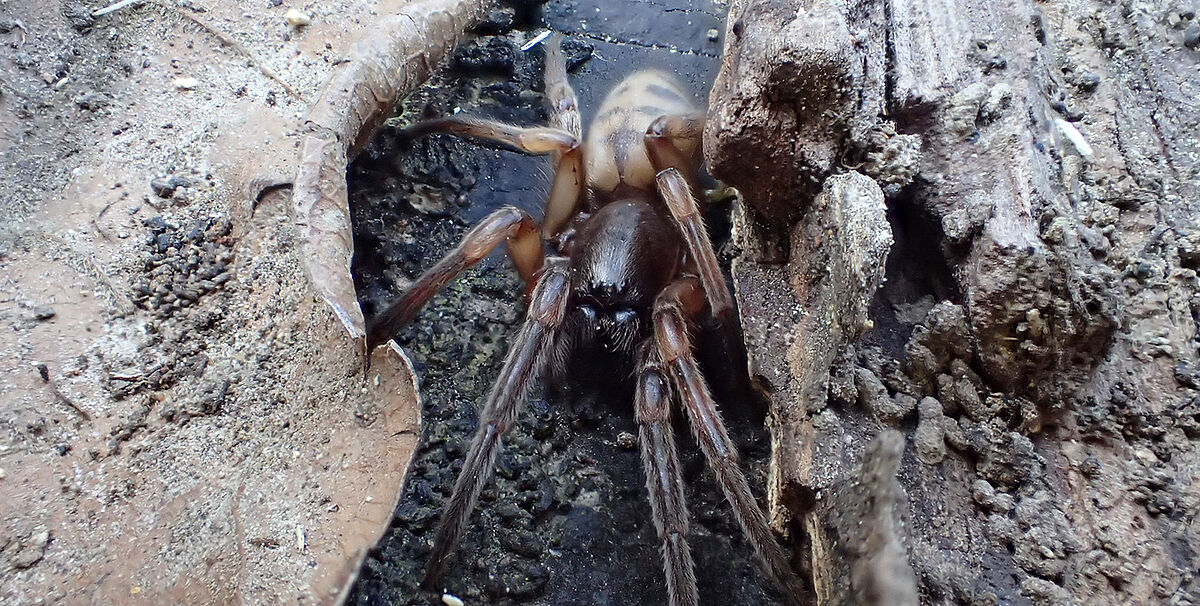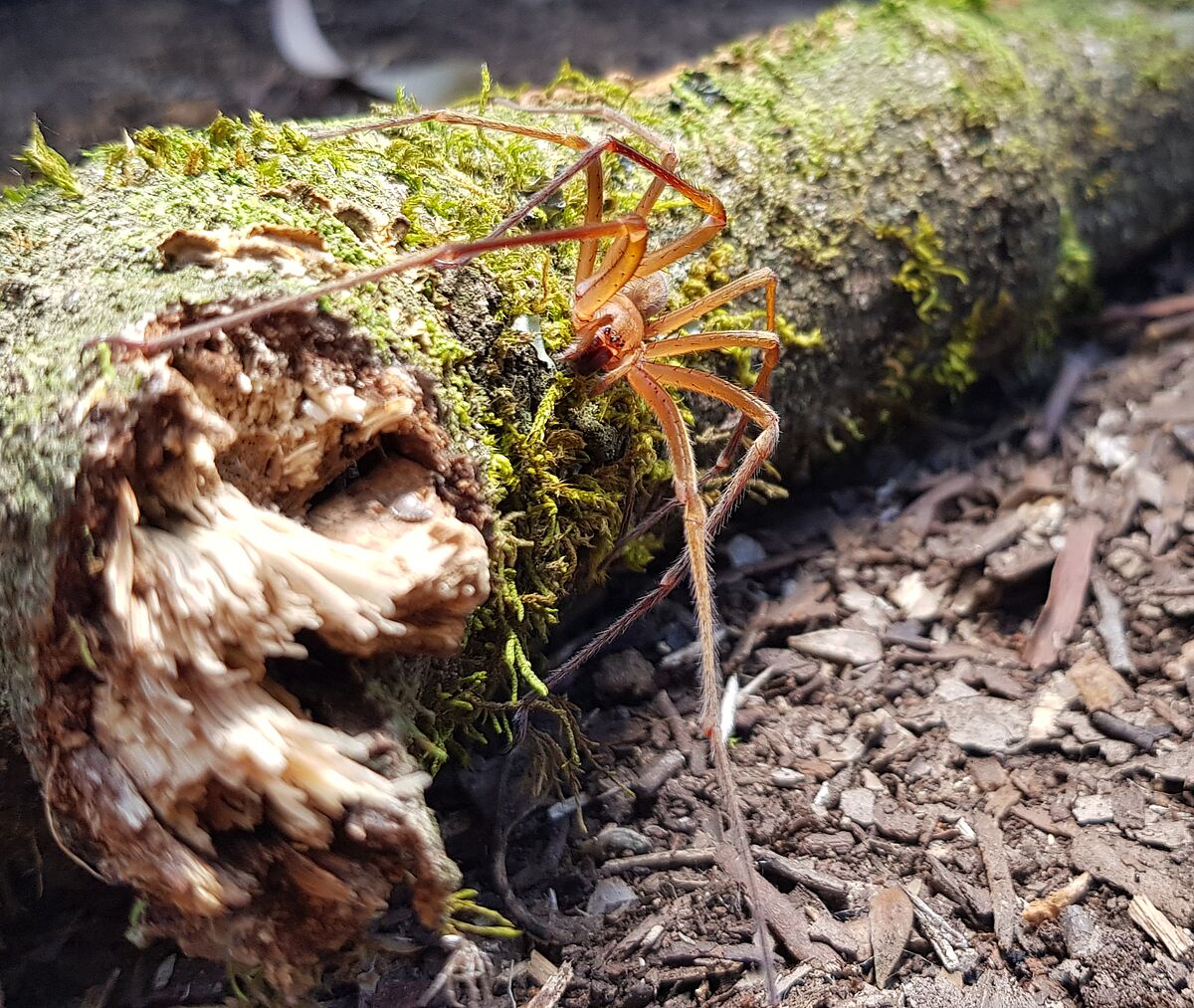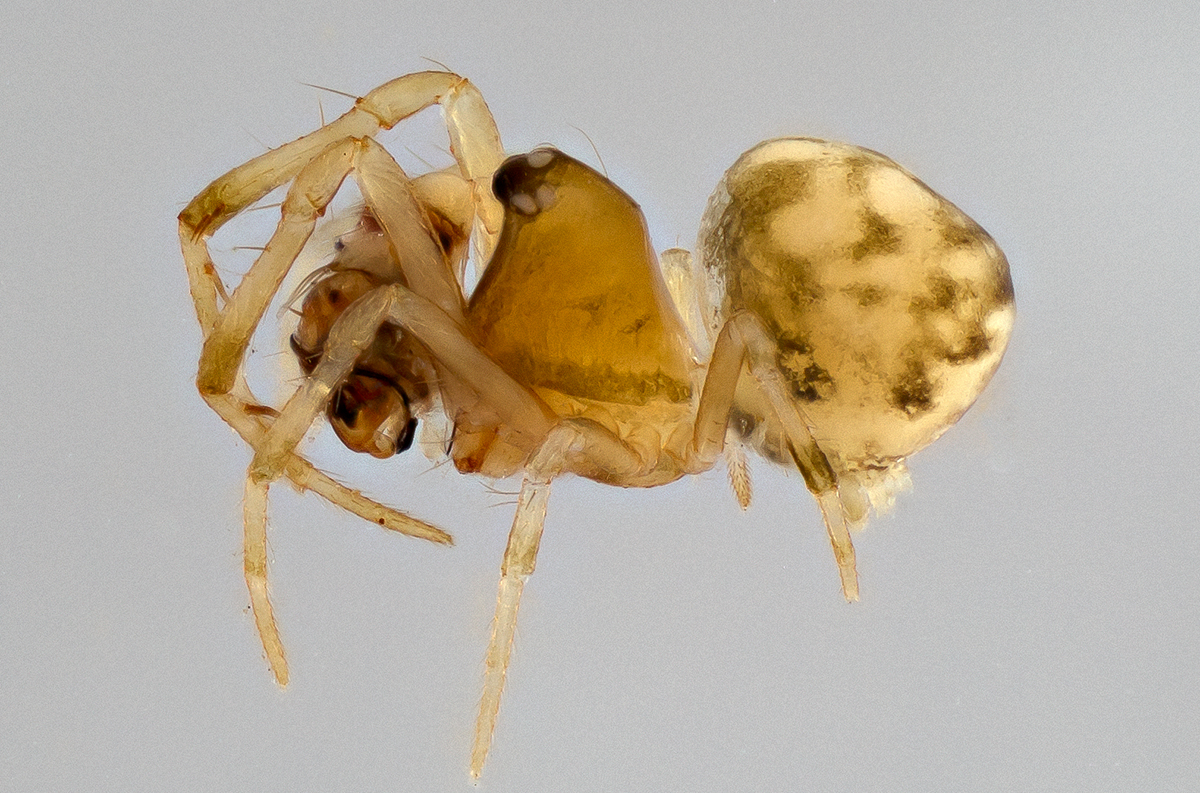Research at the Zoological Museum focusses primarily on investigations into the taxonomy, phylogeny and evolutionary morphology of arthropods using various methods (e.g. EM, micro-CT). The focus is on arachnids and insects. In a further key field of research, evolutionary biological questions on sexual selection in spiders (Araneae) are addressed, focussing in particular on processes during and after copulation.
Furthermore, we are involved in the Research Training Group (RTG) 2010 "RESPONSE" (project B4). More information can be found under the following link: RTG 2010
PIs: Lara Lopardo and Peter Michalik
Collaborators: Martin Ramirez (MACN, Buenos Aires, Argentina), Pablo Goloboff (Tucuman, Argentina), Charles Griswold (Californian Academy of Science)
Mysmenids are distributed worldwide and live mainly in leaf litter and other cryptic places in humid habitats. With only around 100 described species, the diversity of mysmenids is clearly undersampled. In the last decades, numerous undescribed species of this family have been collected and/or exist in museum collections around the world. In the current project, we focus on the mysmenid diversity of Argentina and Madagascar from where no species has been reported yet.
The Tree of Life - Mysmenidae
tolweb.org
more information on the spider family Mysmenidae
PI: Peter Michalik
Collaborators: Martin Ramirez (MACN, Buenos Aires, Argentina), Bernhard Huber (ZFMK, Bonn, Germany)
Although a considerable number of species are studied so far, data on sperm morphology are scattered and a comprehensive analysis considering all levels of organisation (aggregates, cells and cellular components) is still lacking. Especially Synspermiata are of high interest due to the high complexity in sperm structures as well as in the gross morphology of the male genital system.
In order to reconstruct and understand the evolution of the spermatozoa and also the male genital system in spiders, especially in Araneomorphae, comparative data on basal Araneomorphae (i.e. Austrochiloidea) and Synspermiata are urgently needed. To ensure a consistent and robust character conceptualisation, a reinvestigation of certain taxa will be necessary. This will not only allow the application of new techniques, i.e. 3D reconstructions, but also lead to comparable data necessary for explicit homology statements of sperm structures among spiders and other arachnids.
Funded by the German Research Foundation (DFG; MI 1255/5-1, MI 1255/6-1)




